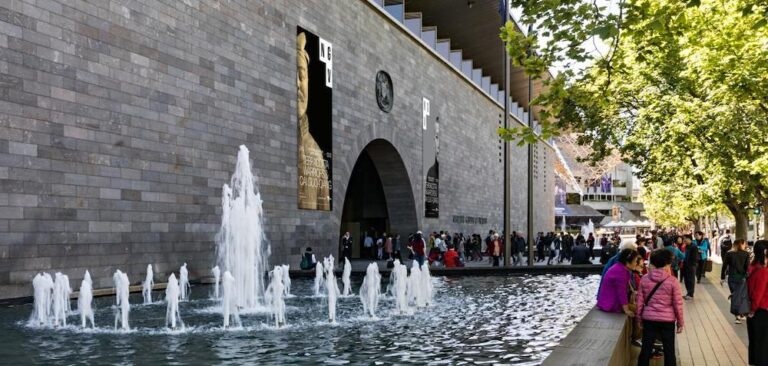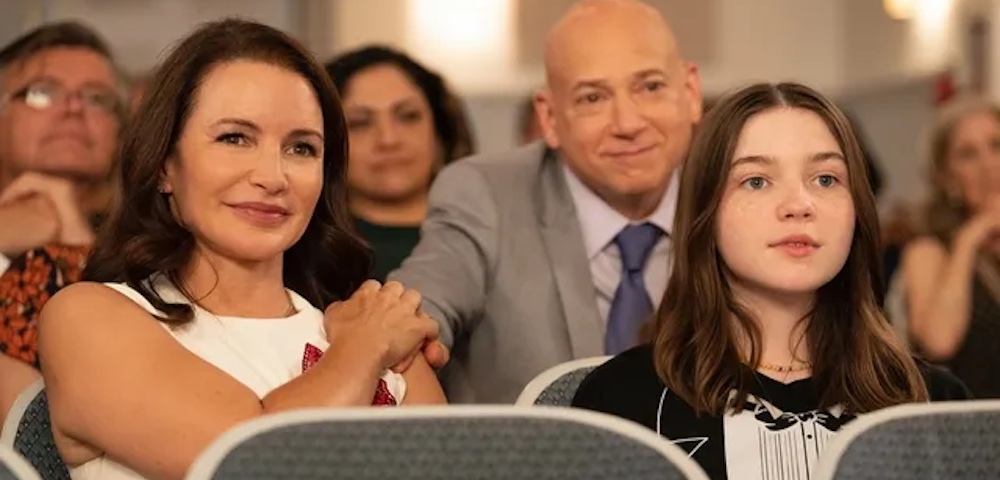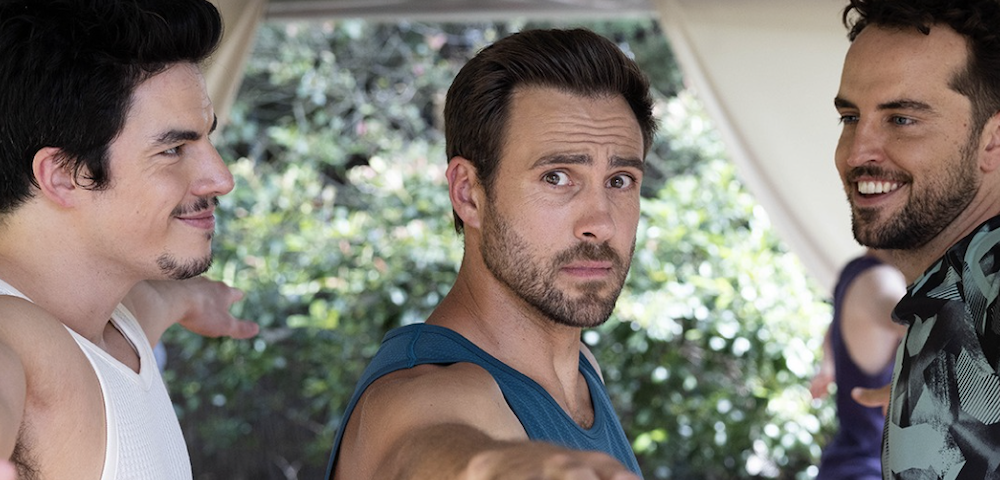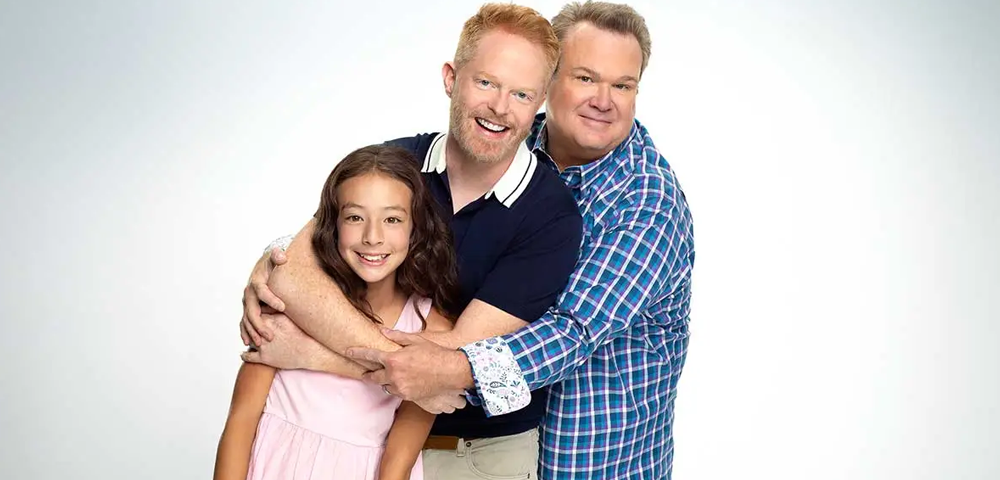
Choose your own: exploring the idea of LGBTI ‘family’ on screen
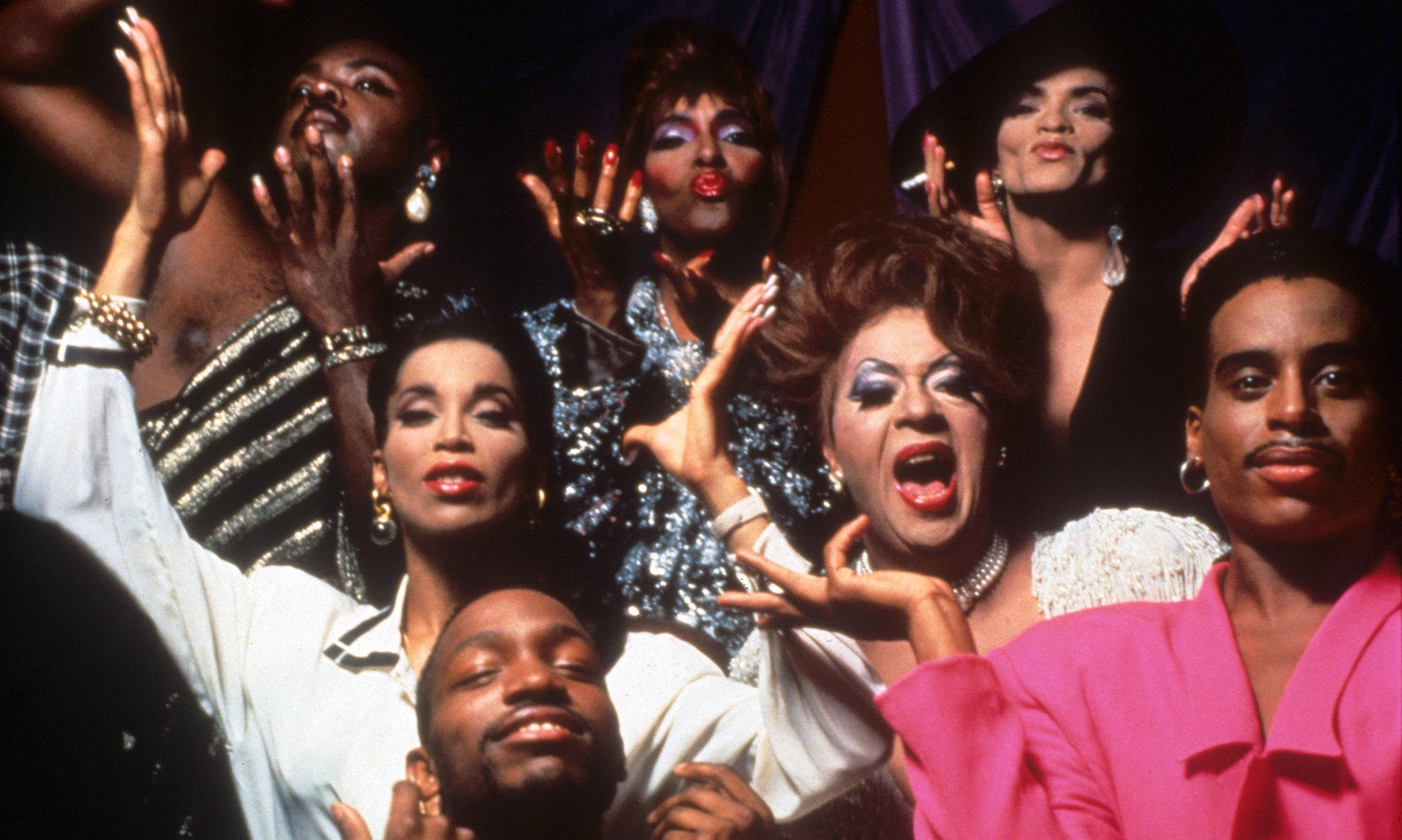
In season five of RuPaul’s Drag Race, Alyssa Edwards and Roxxxy Andrews battled it out in a Lip Sync For Your Life set to Willow Smith’s “Whip My Hair”.
At the end of the performance, Roxxxy burst into tears and famously revealed the story of her mother abandoning her at a bus stop as a child.
RuPaul’s response to this moment of vulnerability spoke to something rooted deep in the show’s thematic core:
“We love you, you are so welcomed here. You know we as gay people, we get to choose our family. We get to choose the people we’re around. I am your family, we are family here. I love you.”
There’s been a massive shift, not just in LGBTI representation on TV and in film but in the context in which that representation occurs.
In the past, narratives involving queer characters predominantly found them isolated. They focused on disconnection more often than connection.
As time advanced, however, queer works confronted and bridged this divide more and more.
Early on, this manifested in films like rare, groundbreaking documentary The Queen which observed burgeoning ballroom culture via a drag pageant and the way these events weren’t just competitions but reunions, with all the love and enmity that often implies.
That film’s more famous descendant, the legendary Paris is Burning, more concretely observed the system of ‘houses’ – of Ninja, of Xtravaganza, of LaBeija – and the way they provided a structure for LGBTI people, especially those of colour, who may have lost their ancestral family ties through parental rejection, violence or poverty.
The concept of family extends beyond simply the hereditary for many LGBTI people.
The long history of queer people being cast out of their families for their gender identity or sexuality is part of why the word ‘community’ has been so central to LGBTI social structures.
For us, community denotes something intimate and personal that is rooted much deeper than merely proximity or similarity.
Despite how troubling and often damaging LGBTI representation on screen has been in the past, this notion of community has typically been the easiest thing to get right.
Perhaps our perceived separateness and difference made us easy to lump together.
When gay men were first appearing on television and being portrayed almost solely as sex workers, addicts, and murder victims, it made it easier to distinguish a ‘them’ from a broader societal ‘us’.
Looking back to films like William Friedkin’s Cruising and The Boys in the Band, you can see the gradual shift taking place leading into the ‘80s.
The latter, particularly, is iconic for the way it paints the picture of a ‘gay family’ with all the attendant humour, animosity, love, and fear that comes with such structures.
On the more avant-garde side, British director Derek Jarman queered texts by Shakespeare (The Tempest) and Christopher Marlowe (Edward II) as well as Bible stories (Sebastiane).
He also presented camp dystopic visions of Thatcher’s London in The Last of England, and especially Jubilee, a gorgeous post-punk work about a ragtag gang that dares to theorise about post-societal queerness.
The advent of the New Queer Cinema movement in the early ‘90s allowed filmmakers to refocus on the fringes; Gregg Araki’s seminal The Living End followed two HIV positive men, one a hustler and the other a film critic, on a hedonistic road trip a la Thelma & Louise (which itself could be read as queer).
In a similar vein, Gus van Sant’s My Own Private Idaho shows the communal bonds formed between gay hustlers in juxtaposition with more traditional family ties.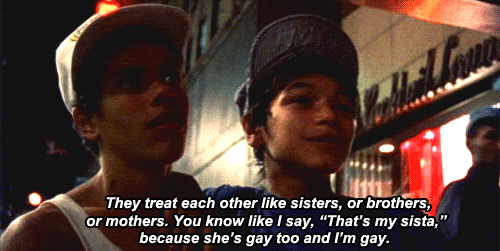
Our on-screen representation has now moved in leaps and bounds.
From the travelling drag fantasias of The Adventures of Priscilla, Queen of the Desert through to the explosion of queer characters on TV, being LGBTI on screen has travelled beyond the experiences of white gay men.
In 2013, the wry and kinetic Tangerine explored sisterhood between trans women of colour; the hilarious Appropriate Behaviour observes a bisexual Iranian woman navigating the way coming out can simultaneously create distance and closeness, while in Spa Night a closeted Korean-American teenager weighs his desire to be himself against the cultural and parental expectations that background his self-realisation.
Television has had greater capacity to think about queer families in an unconventional sense.
Will & Grace was as much about the familial relationships between its main characters as anything else. Both Queer as Folk iterations did the same.
The L Word, Orange is the New Black and Please Like Me have all done the same since.
These series looked beyond coming out and at the strength of the bonds formed surrounding that event; the support systems LGBTI characters find that allow them to exist in a world that often doesn’t find a place for them within what are supposedly universal structures.
To this very day, the battle for marriage equality in Australia shows how reluctant this world can be to recognise our relationships – and not just romantic ones – as valid.
For a long time we didn’t get to see those friendships on screen; I still remember sneaking downstairs to watch Queer as Folk and marvelling that these people didn’t need to be isolated from each other, that it didn’t need to feel as though the nearest person like you may as well be a continent and a decade away.
For those fortunate enough to have close relationships with family, the ability to choose our kin beyond that is an added bonus.
One of the things Drag Race has become known for is its interest in how the contestants’ family experiences have informed their lives, while also using their relationships with each other to examine how those have helped them change and grow.
To borrow a phrase from season two All Star Tatianna: choices.



